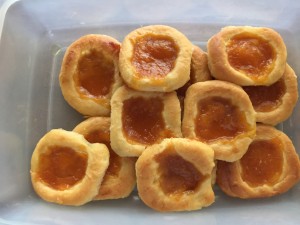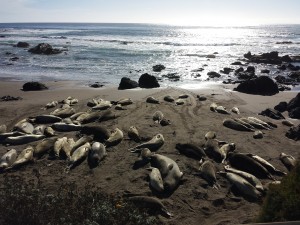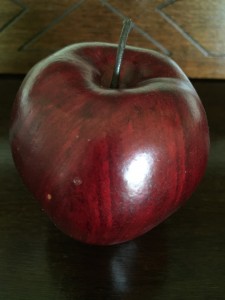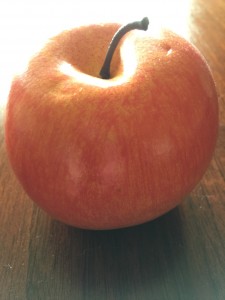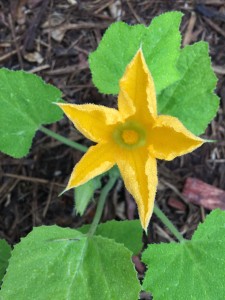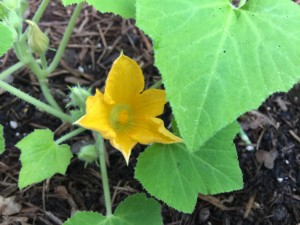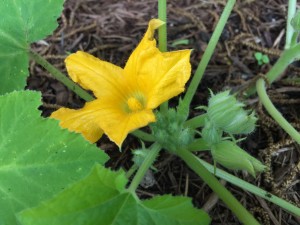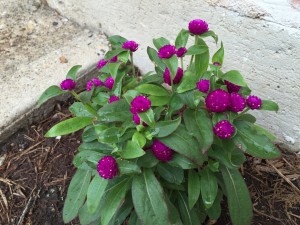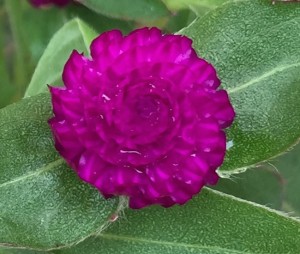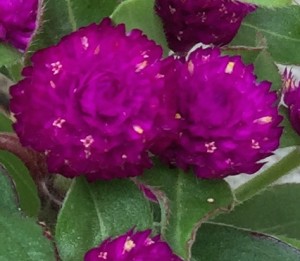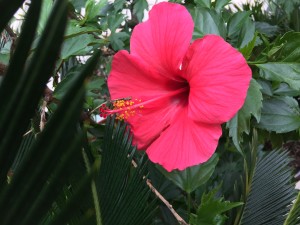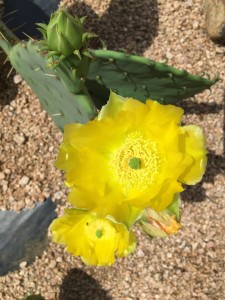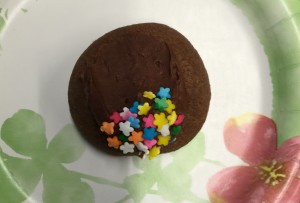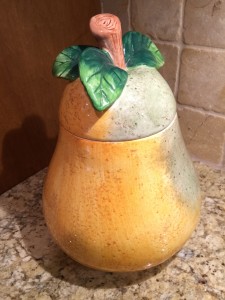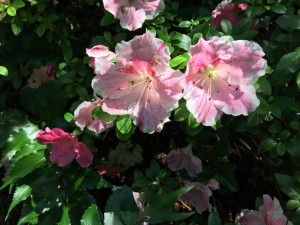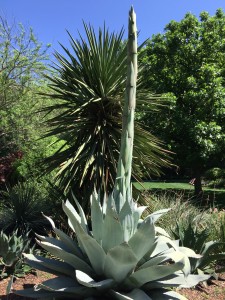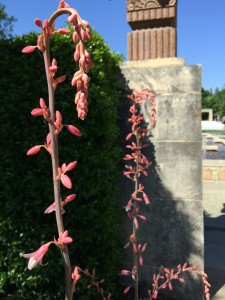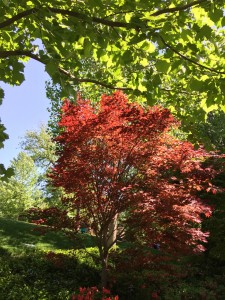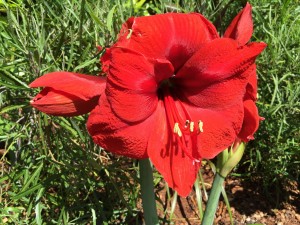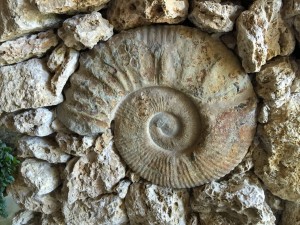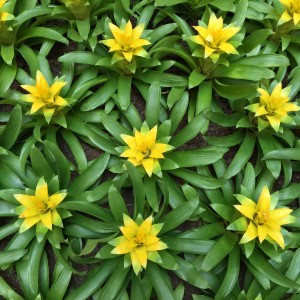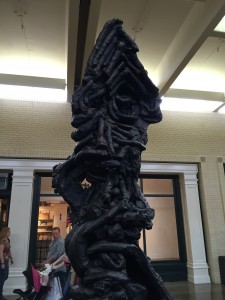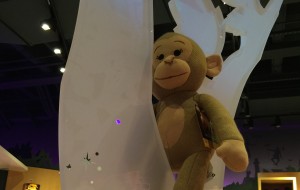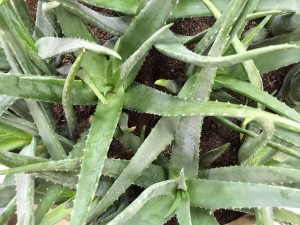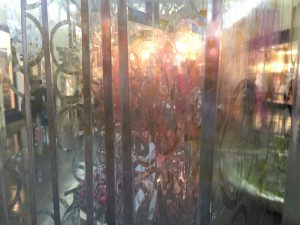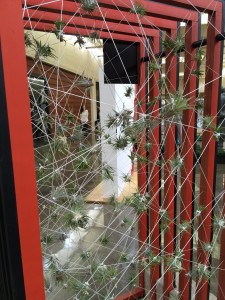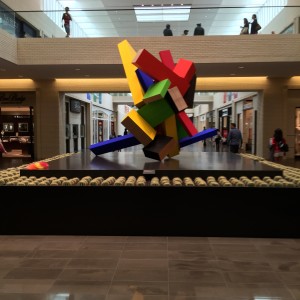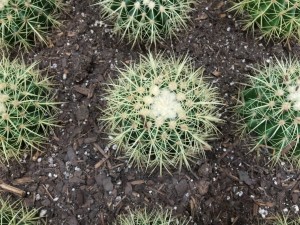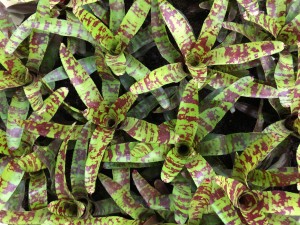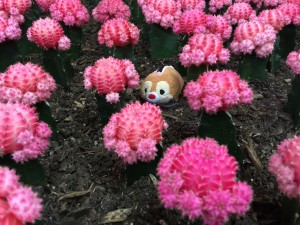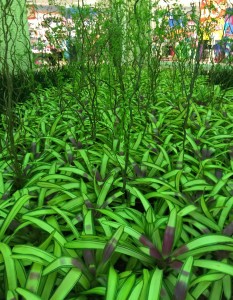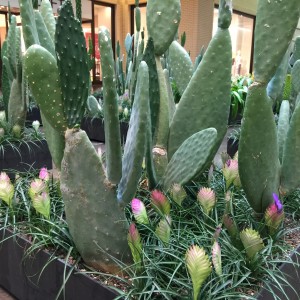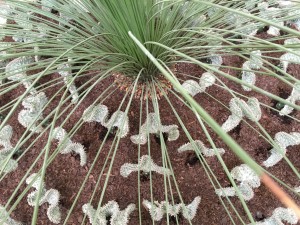What do elephant seals and kolaches have in common?
Let’s start with kolaches.
This is what’s left of our share of the kolaches from a recent “Czech Kolache Workshop.” That’s right: Kolaches are from the Czech Republic. Actually these are from Texas; and historically speaking, kolaches originated more broadly in the area of Central Europe.
At the start, kolaches were a wedding dessert. Only those first kolaches were so much fun, people started making and eating them all over the place. Growing up, my wife’s family would make twelve dozen kolaches on a Saturday to get them through the week. With twelve kids, those kolaches were long gone before the next Saturday rolled around.
As you can see from the picture above, kolaches are squarish-roundish pastries with a base and rim of interestingly light puffyish-but-still-chewyish risen golden dough and a generous dollop of fruitish-preservish-jamish tasty mixture ladled smack dab into the middle. My favorite fillings are poppy seed, apricot and sweet cheese. These in the picture are apricot. At the workshop, we also made apple and strawberry.
Growing up, my parents would head on down to the Kolache Festival at St. Ludmila’s Catholic Church in Cedar Rapids, Iowa and bring back a sampling for us kids. I loved all the fruit-fillings, and I remember the kolaches well.
This is where the controversy begins.
To understand the developing dispute, let’s now look at the elephant seal.
These are Northern Elephant Seals. Notice the long noses. Those noses can grow up to two feet in length. Not long ago, Northern Elephant Seals were hunted for their oil, which was second only to sperm whale oil and quite valuable. In fact, the northern seals were thought to be extinct when a small group was found on an island off the Baja California coast. Conservationists stepped between the hunted and the hunter; and, with government help, the Northern Elephant Seal has made an amazing come back. When we visited the Hearst Castle in California about a year ago, we watched hundreds of the seals lounging on a beach nearby.
Returning to the controversy in the kitchen, at our Kolache Workshop, we also made these.
These are klobasniky. (Klobasniky is the plural of klobasnek.) Yes, klobasniky are made of kolache dough, but that dough is wrapped around a sausage. The results look and taste somewhat like kolaches, but these treats are not kolaches. Some insist (some even in this house) that klobasniky are true kolaches. To the contrary, there is no record of such a kolache in the baking history of the Czech Republic or the pastry archives of Central Europe. Check the Internet.
Rather, the klobasniky arose with the rising of the Lone Star State and are solely of Texas origins. Stop at any Czech stop in Texas and you will find klobasniky and kolaches. The meat-filled ones (the klobasniky — as good tasting as they are) did not exist in the Midwest of my youth. A true kolache always had, and always will have, a fruit or cheese filling. If it is different in the North these days, just take a peek into the kitchen and see if you don’t find a baker with a big grin, wearing cowboy boots, waving and hollering a friendly “Welcome, y’all!”
Klobasniky are sausages in blankets of dough. Some refer to these as “pigs-in-a-blanket,” but here again we see a flagrant pictorial inaccuracy and an obvious aesthetic mis-representation. Gaze upon these pictures.
What do these look like to you and to me?
Pans of klobasniky! That’s what they do so all look like.
Klobasniky are not kolaches, and they are not pigs-in-a-blanket.
Klobasniky clearly resemble elephant-seals-on-a-beach!
How could anyone have thought otherwise?
The beach ones are well protected.
And the pan ones are also
Well appreciated for
Whey they
Are:
NOT KOLACHES!!
Grandpa Jim

